The Courage of The Resistance of Arduino, Italy's First King
A symbol of resistance against the oppression of foreign powers in XVIII-XIX centuries was the first king of Italy, Arduino, a glorious ancestor who had the courage to rebel against the invaders
An offended woman is not only a danger because you never know what can be expected of her, but what she does can also change history... This also happened with the accession to the throne of Italy of a marquis—Arduino of Ivrea.
Once upon a time, there was an Emperor of the Holy Roman Empire, Otto III. He was always busy fighting his enemies. Seeing as he was king of Italy, he once had to go down to Rome to suppress the resistance of the Romans, his vassals. He took the leaders and declared that forgave them, but then killed them and as a trophy, took the wife of one of them.
When Otto III met this lady, fell madly in love with her—and died for this reason in Castel Paterno of Faleria (near Rome; visitable ruins https://www.inagrofalisco.it/in-agrofalisco/i-borghi/faleria/castel-paterno), probably poisoned by her (in 01/1002, the story of this emperor's death is not clear given the confusion in the dedicated texts, but this is one of the known versions). At only 22 years of age without heirs.
Get inspiration for your next trip to Lazio, Italy
Some time passed while the news about the death of the Emperor reached Germany, and then it took a while to decide who will be the next emperor...
The “strange” death of Otto II gave a boost to anti-German sentiments also because the emperors always favored the bishops and not the great lords of the country. In the meanwhile, they elected Arduino the new king of Italy (02/1002).
Much later, the representatives of the Resistance called Arduino the first Italian king because he did not ask permission from foreign lords for the coronation, but he fought them for many years, all his life literally. Arduino won the first battle against the army of Henry II of Saxony in 1003 and came out undefeated after 7 months of siege at Sparone (1004-1005).
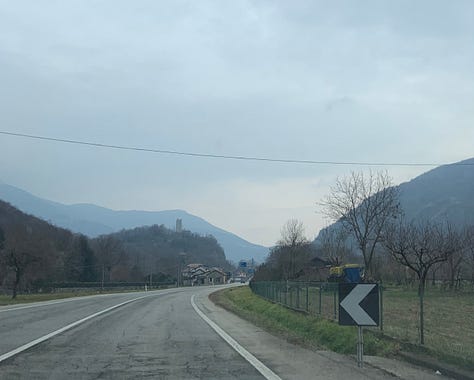
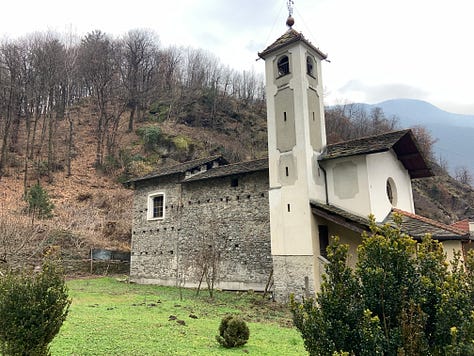
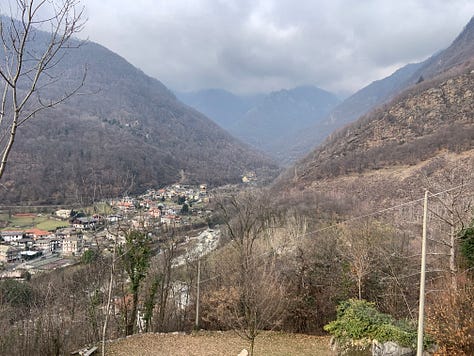
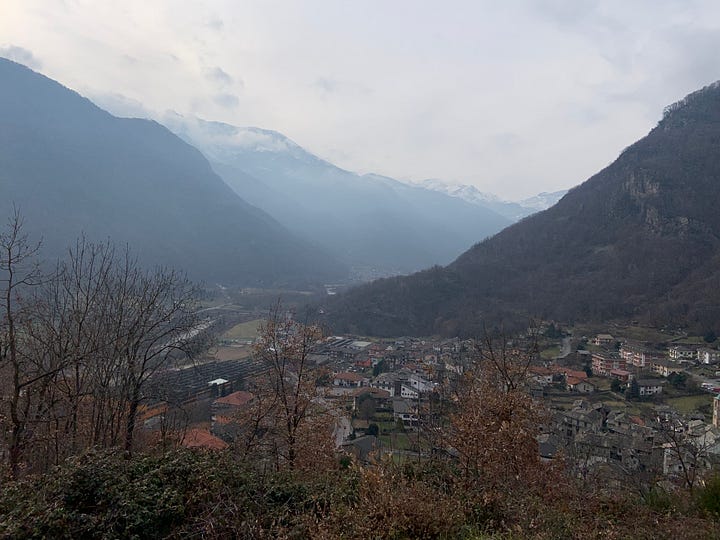
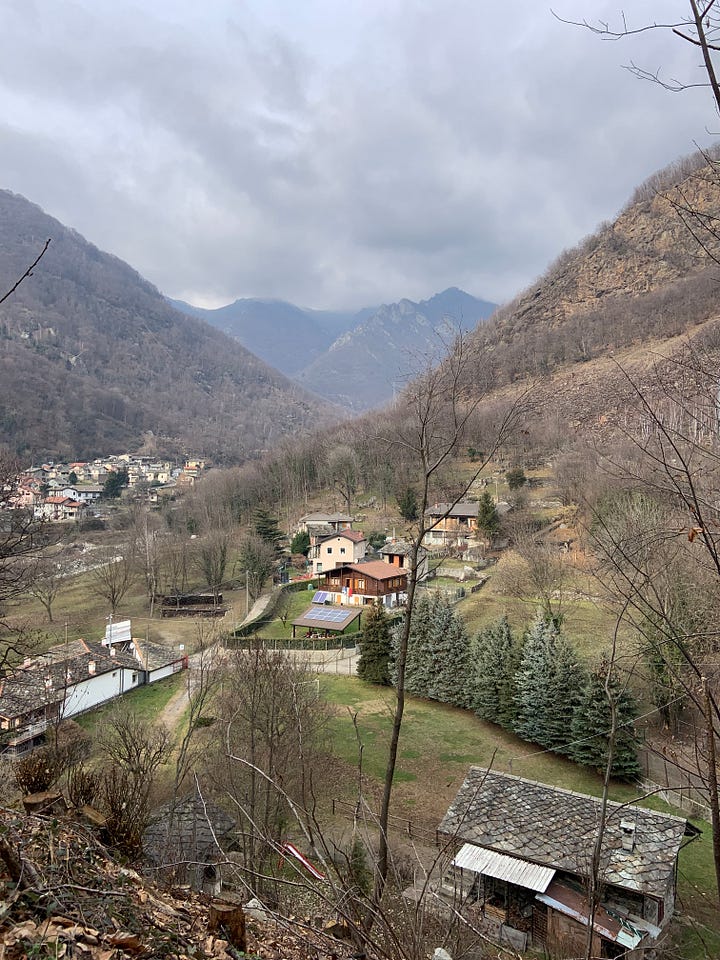
There are not many documents that tell the life and deeds of Arduino, especially during the siege. We can only try to piece together the few facts we know.
Only a few loyalists and friends came to Sparone with him. They knew they will lose everything if they don't abandon him, but they stayed. Honestly, I would like it if history had kept their names. These were really brave men.
Quick and easy trip planner to visit Monza
And if Your Journey stops in Pavia
All the others, great lords, preferred to go to the strongest, Henry II with his army. They also crowned him in 1004 as King of Italy in Pavia (http://www.sanmichelepavia.it/html/en_home.html) with the Iron Crown (preserved today in the church of Monza—http://www.museoduomomonza.it/corona-ferrea/ ).
Of the fortress of Sparano that existed before 1000, only a small stretch of the wall remains today. It is interesting that Arduino himself probably commissioned the church (consecrated in 1025) to thank god for his victory.
The apse is the original part that remains from those times, and they say that under the frescoes that are there perhaps the Romanesque ones can still be found.
More To visit in Pont Canavese: Descriptions, Images, Reviews
Henry II of Saxony, after 7 months of siege in this harsh and hostile place, failed to win the few besieged, probably supported by the population. The highlanders knew their land well, all the hidden paths. And they never liked intruders. Otherwise, it's hard to understand how the Defenders managed to survive there.
Henry had also returned to Germany because in the meantime his empire was already threatened by other much more dangerous enemies. Arduino, back in Ivrea, took his revenge against the traitors.
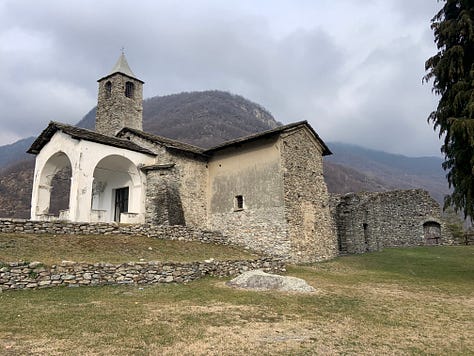
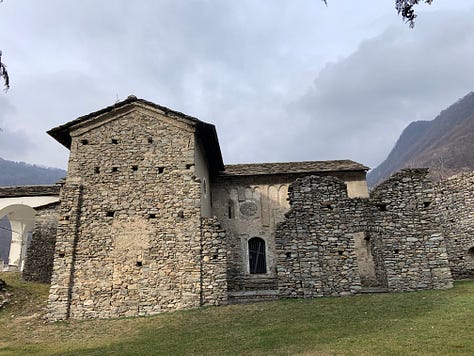
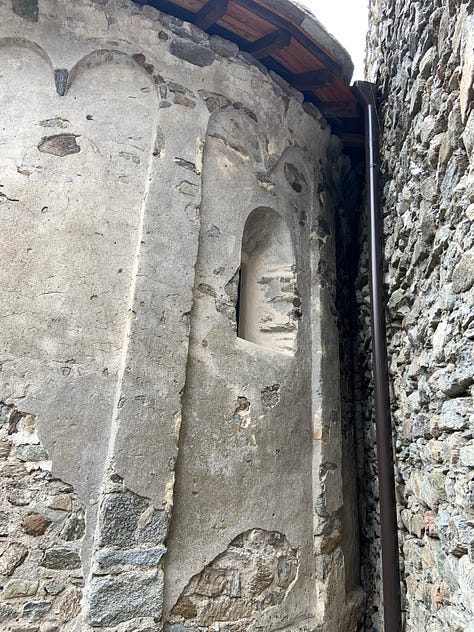
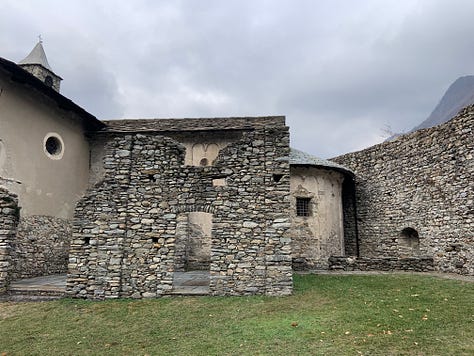
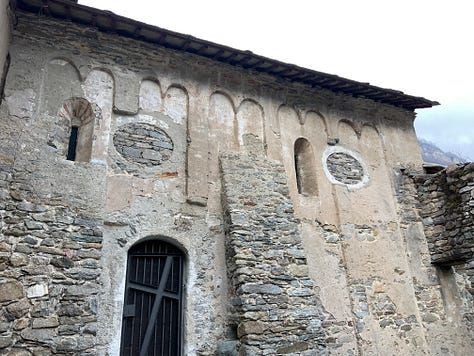
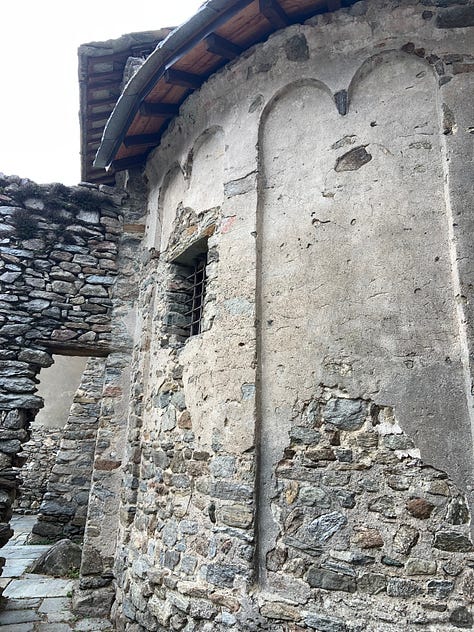
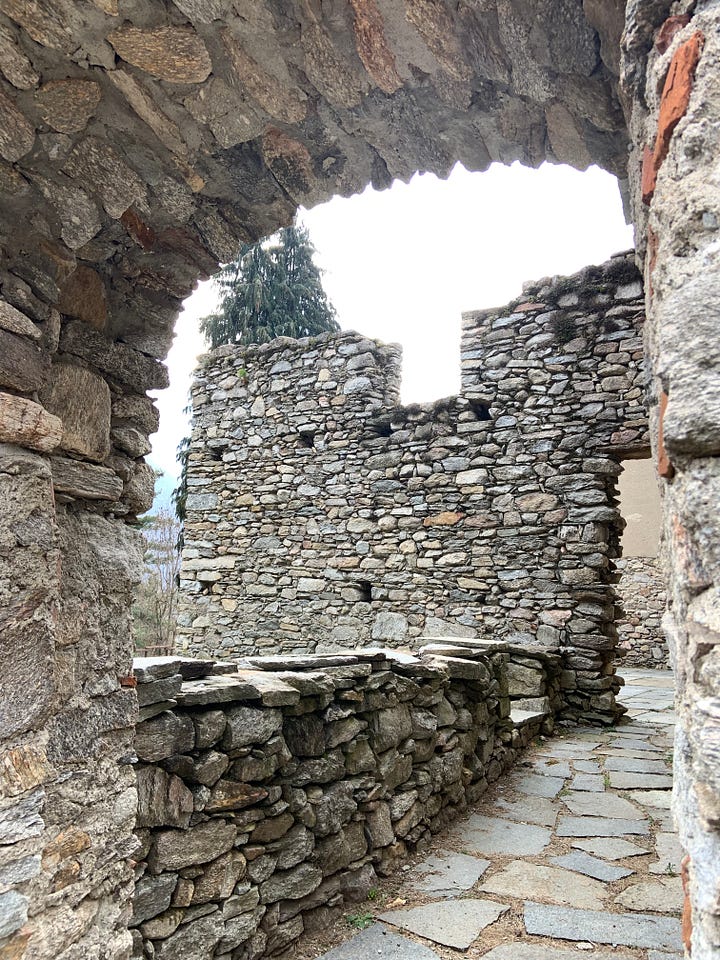
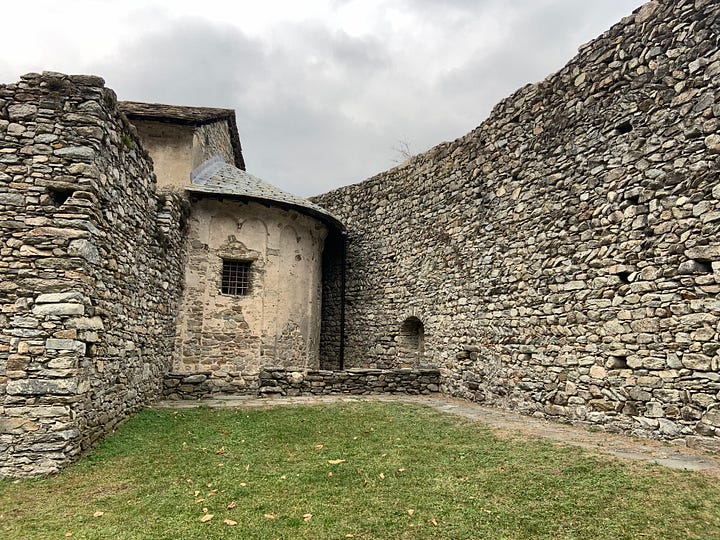
As Indro Montanelli writes, Arduino d'Ivrea didn't even have Italian blood, perhaps belonged to the Lombards, perhaps to the Franks, and the family had become noble by right of conquest. Arduino was brave, rough, overbearing, and ambitious. He killed the bishop of Vercelli, burned his body, destroyed his cathedral and confiscated his lands.
Pope Sylvester II (who, by the way, was a teacher of Otto III) threatened Arduino for it with excommunication. But the warlord was not intimidated. When the bishop of Brescia refused to pay him homage, he grabbed him by the hair, threw him to the ground and kicked him. These were the customs and moods of the time, even in the world of the great Lords.
But that doesn't make his story any less attractive.




